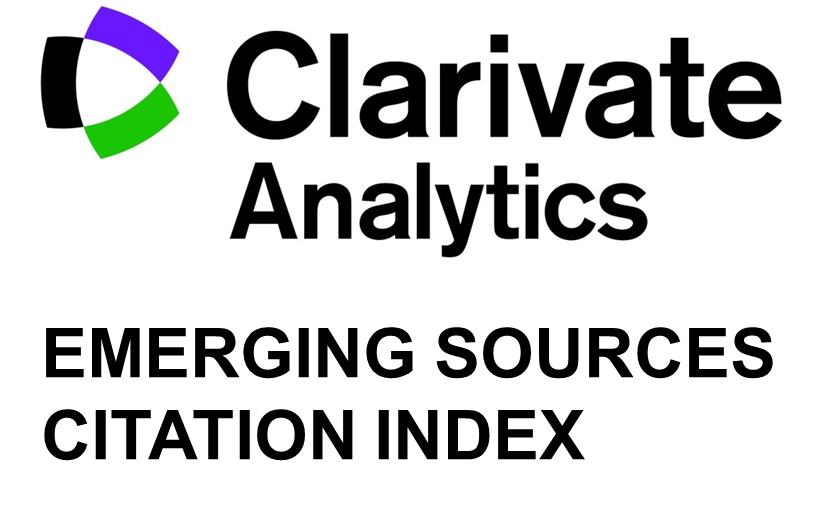Optimized Gains for the Control of Islanded Solar Photovoltaic and Wind System
Sravya Kedari, Rajagopal Veramalla, Amritha Kodakkal
DOI: 10.15598/aeee.v19i4.4227
Abstract
This paper deals with a system that consists of a combination of wind and solar sources. The wind energy unit is the primary energy source that feeds the load and is controlled by the I cos Phi algorithm. The algorithm’s efficiency is tested under normal operation and when one of the phases in the load is disconnected. This algorithm efficiently maintains the voltage and frequency during these conditions. The solar unit is directly connected with the battery energy storage system and is used to charge the battery. It implements MPPT using Perturb and Observe (P&O) method. The hybrid system is simulated in MATLAB/SIMULINK. It is found to perform and maintain the frequency and the potential at the load side and the point of common coupling under normal operation and varying load conditions. I cos Phi algorithm, which controls the switching signals, requires simple calculations for generating reference source currents. This algorithm does not need conversion from one frame to another, making the system respond for quick dynamics and improved power quality. The perturb and observe method is proven to ensure the maximum power extraction from the solar panel. Thus, the combination of these two techniques makes the system act efficiently and handle load disturbances.






















